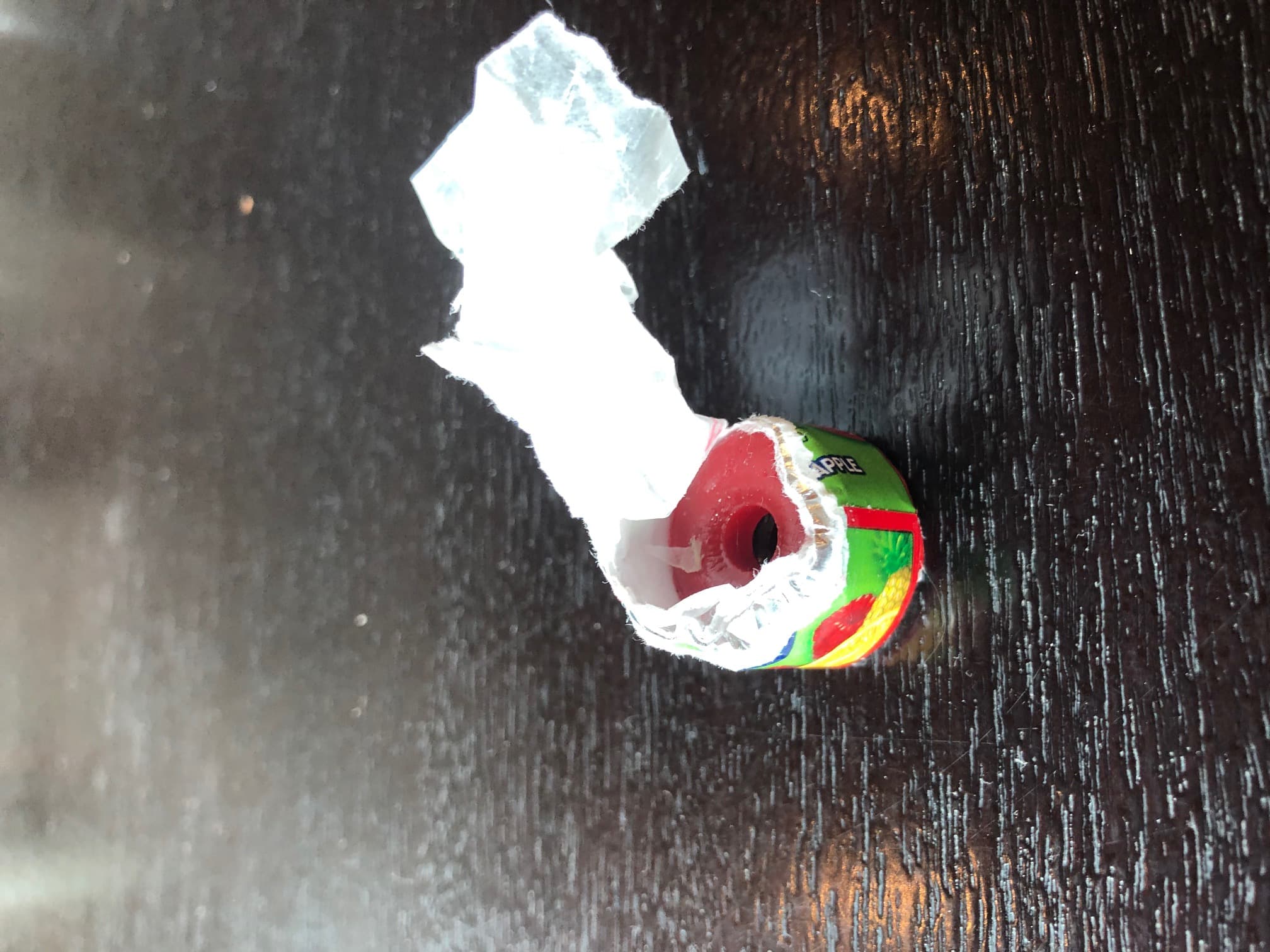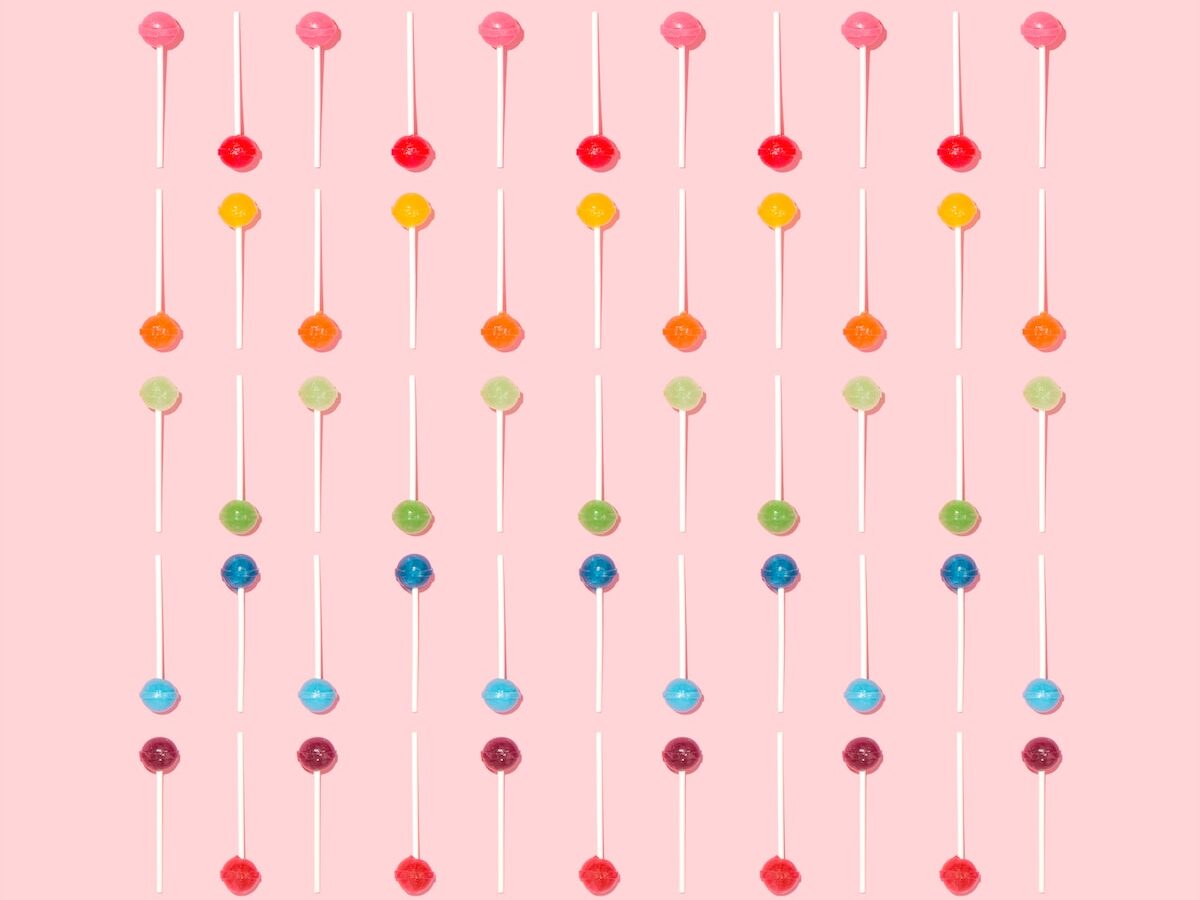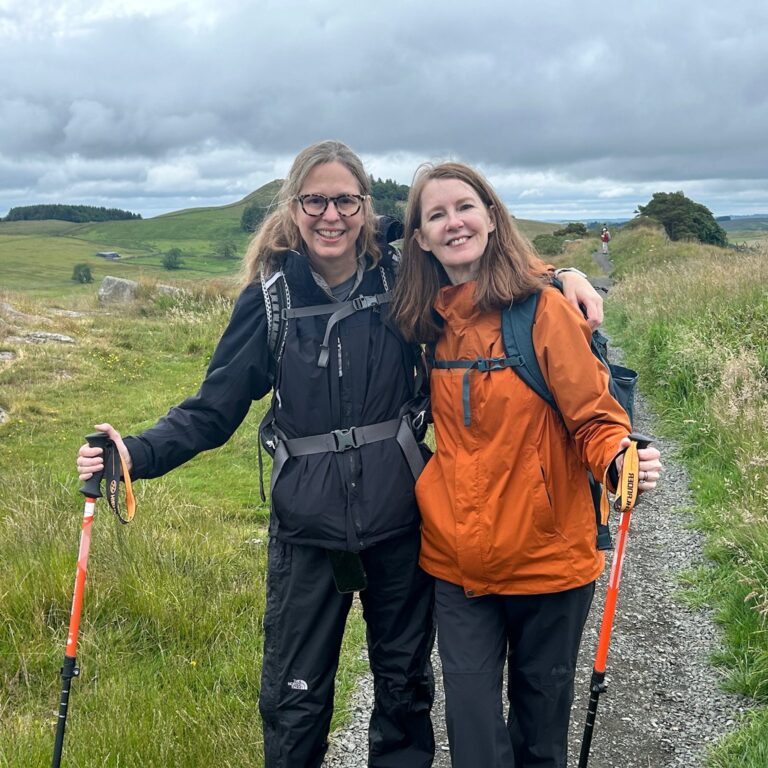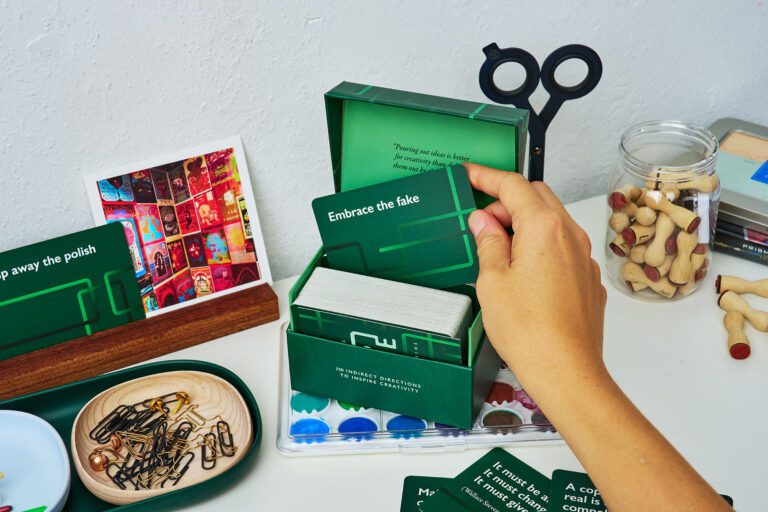As I’ve mentioned (have I mentioned it?), my next book will be about waking up the mind through the body, through the senses.
What a delightful project it is!
As usual, as part of my research I’m using myself as guinea pig—and I’m also involving the innocent bystanders around me. For this particular experiment, I recruited my daughters Eliza and Eleanor to join me, and they were fairly enthusiastic, because this experiment involved Life Savers as a tool to explore the relationships among smell, taste, and flavor.
The fives tastes—sweet, sour, bitter, salty, umami—are quite different from flavor, which is a combination of taste and smell. Taste is an unusual sense, because while we experience flavor in our mouths, those flavors are mostly a product of smells.
As we eat, we smell our food twice. First, there’s orthonasal olfaction, the familiar kind of smelling that we do through our nose, when we inhale the smells rising from a plate of lasagna. But another kind of smelling is crucial to our sense of flavor: in retronasal olfaction, we also smell food when it’s in our mouth, because as we exhale, scents from the food are sent through an opening at the back of the mouth, up to the nose. In what’s called the “olfactory location illusion,” we think that the food’s flavor is coming from our mouth, even though much of that flavor is furnished by the nose. Sometimes people think that their sense of taste is impaired when it’s actually their sense of smell.

This relationship has been highlighted in the time of the pandemic. In some people, decrease or loss of the ability to smell is a symptom of COVID-19. Many people think they’ve lost their sense of taste, because that’s what they notice, but in fact it’s their sense of smell that’s impaired. Now that I’ve studied the sense of smell, I realize what a terrible loss this is; although we often take the sense of smell for granted, it’s an essential element to our sense of vitality, connection, and awareness.
We know flavors mostly through smell, and so if we can’t smell something, it changes the way things “taste.”
To test this, I told my daughters, “Pinch your nose, shut your eyes, and put a Life Saver in your mouth without looking at it.”
I did the same. The candy tasted the way it usually did, I thought, with an intense general sweetness.
“Now let go of your nose,” I said. When I started to breathe normally, flavor flooded into my mouth.
Before, I realized, I’d tasted mere sweetness. Now that I could smell, the Life Saver’s flavor became much more complex and distinct.
“I think I have orange,” I said. “What color is it?” I stuck out my tongue.
“You’re right!” Eleanor told me. “Is mine red?”
“Yep.”
Try it yourself! Jelly Bellies work well too.
I love finding simple experiments that reveal the ways our senses work. Do you have any suggestions of experiments to try?




